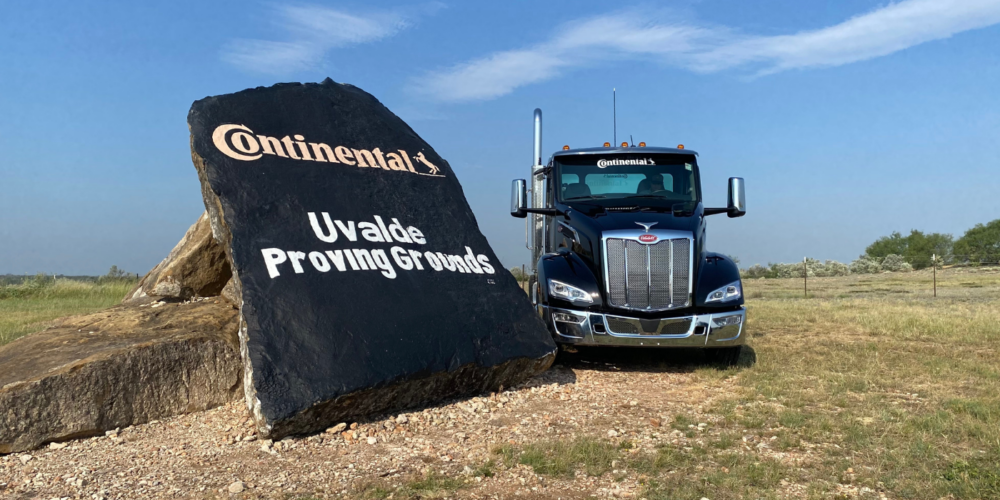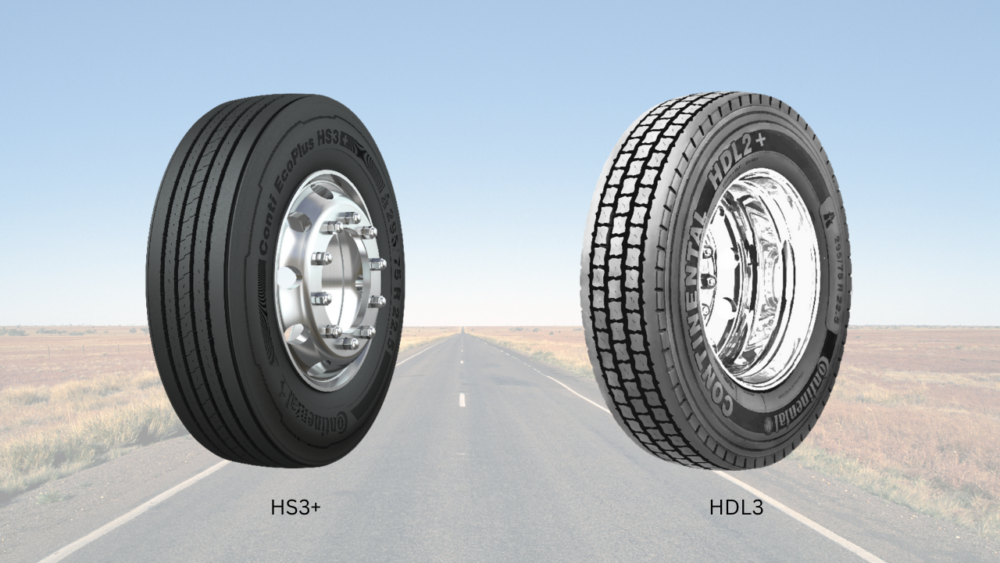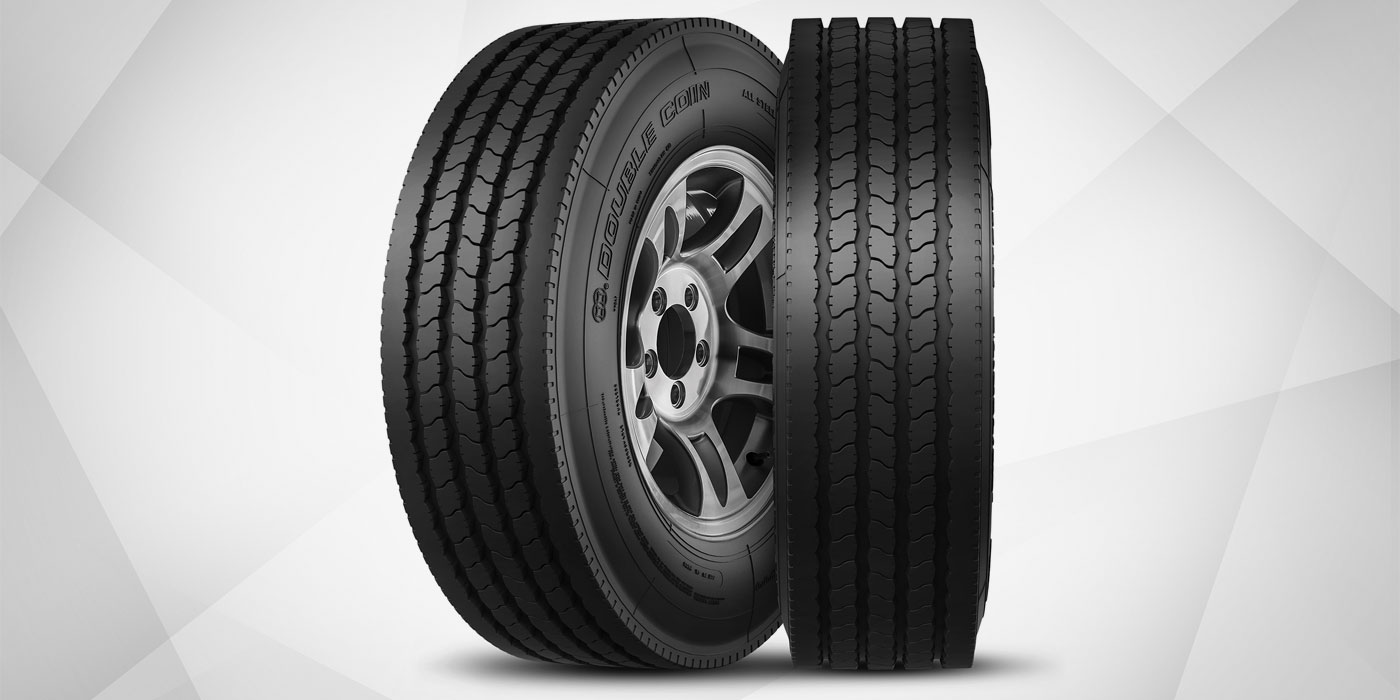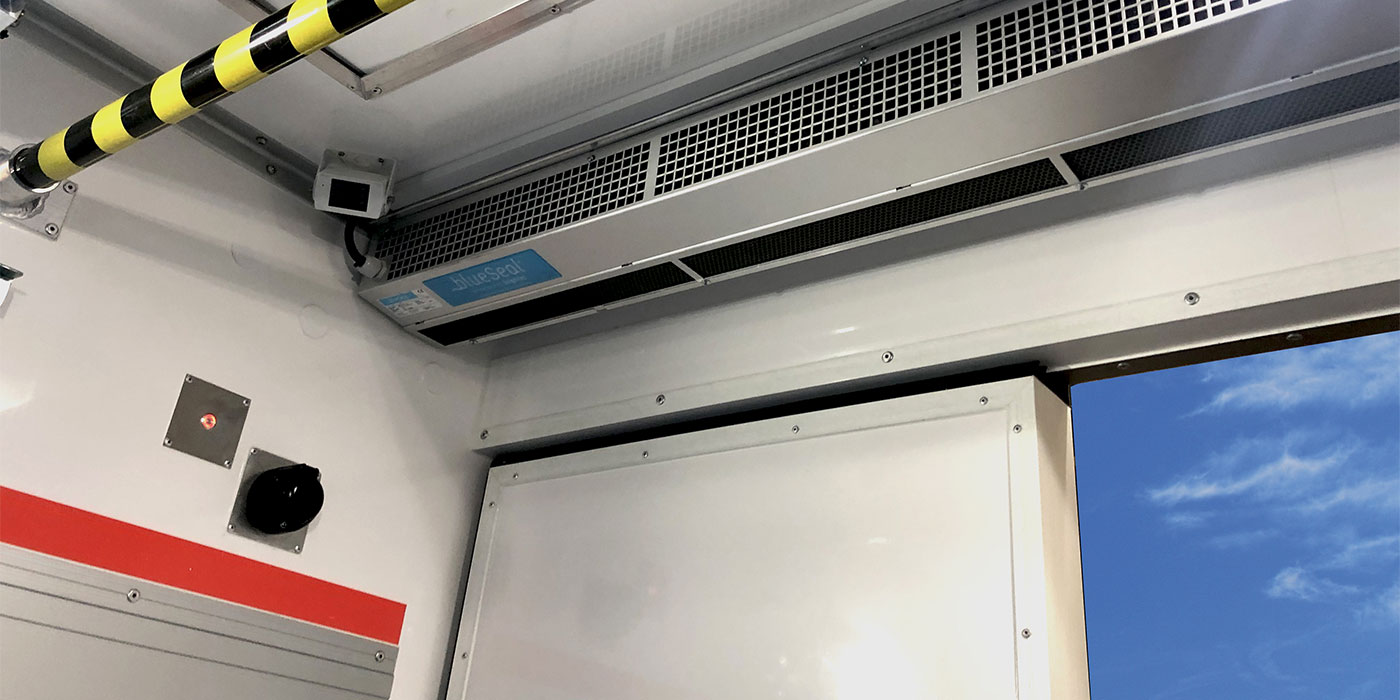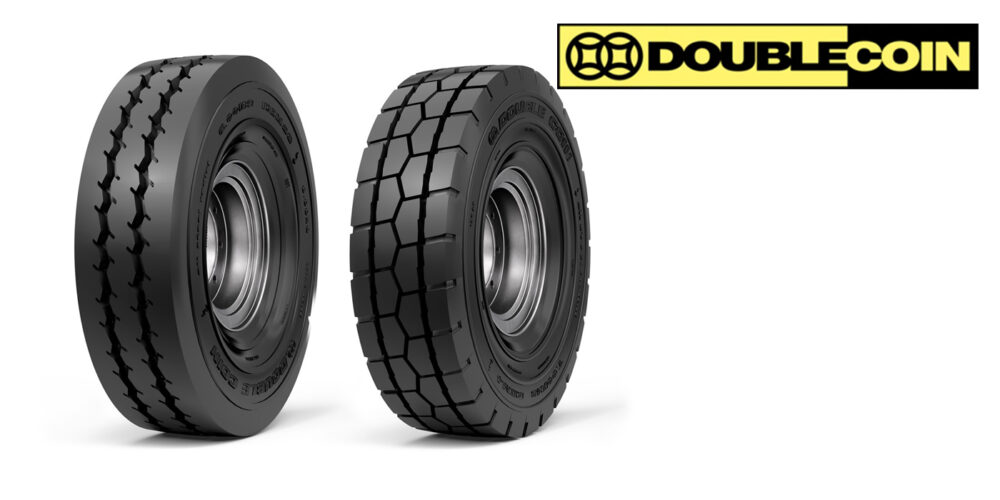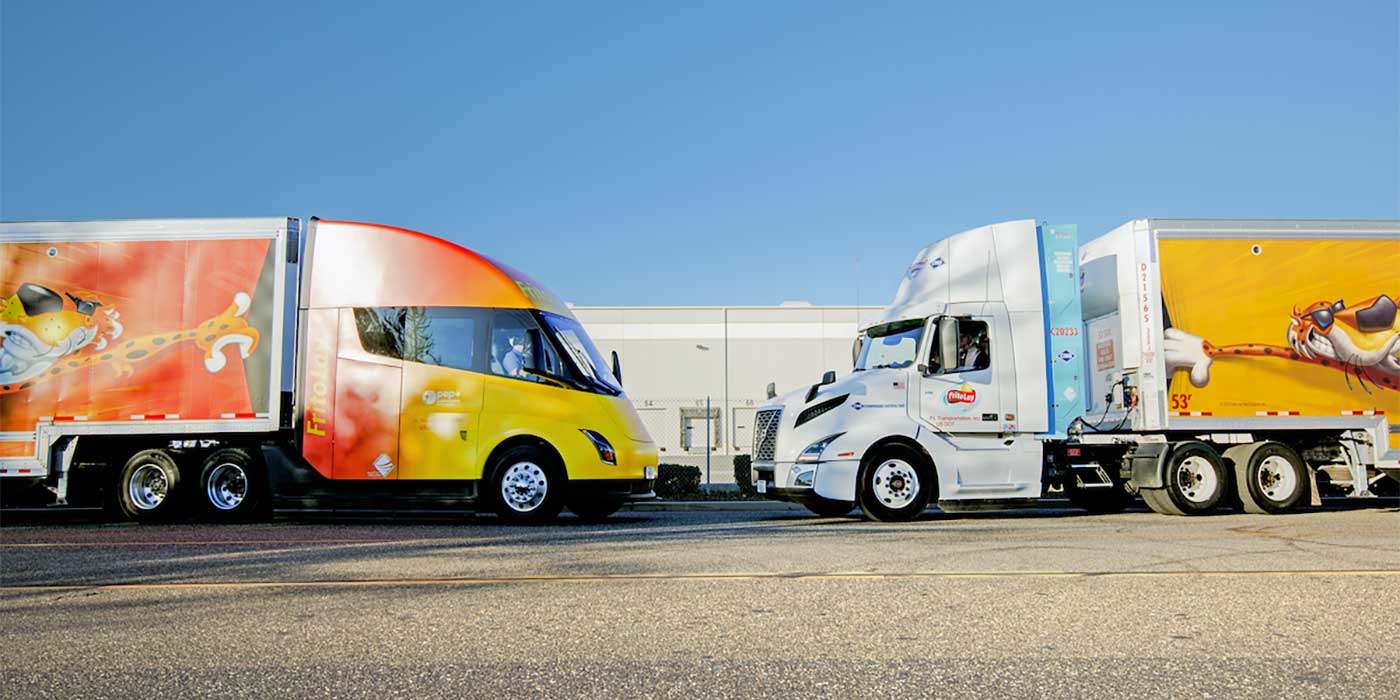In the heat of the Texas desert stands Continental’s Uvalde Proving Grounds (UPG). This is the location of the company’s ContiXperience in which guests had the chance to tour and experience first-hand the intensive testing and development of its products. Fleet Equipment (FE) was on site to put truck tire technology to the test. According to the company, tires only account for 5% of vehicle expenses, but influence 53% of fleet costs, so making sure that the tires are reliable, durable and efficient is crucial for optimizing fleet performance and minimizing operational costs.
Most notably, Continental announced that it is in the process of developing an app that leverages advanced camera technology (similar to what is used in face identification), enabling users to assess tread depth directly from their mobile devices. Moreover, this app will incorporate sensor recognition technology, granting users access to additional data sets, including tire pressure and temperature, according to Continental’s Trey Thompson, field engineering manager. This data can be transferred to the ContiConnect portal, serving as the central hub where information is stored and can be accessed by authorized users, the company said.
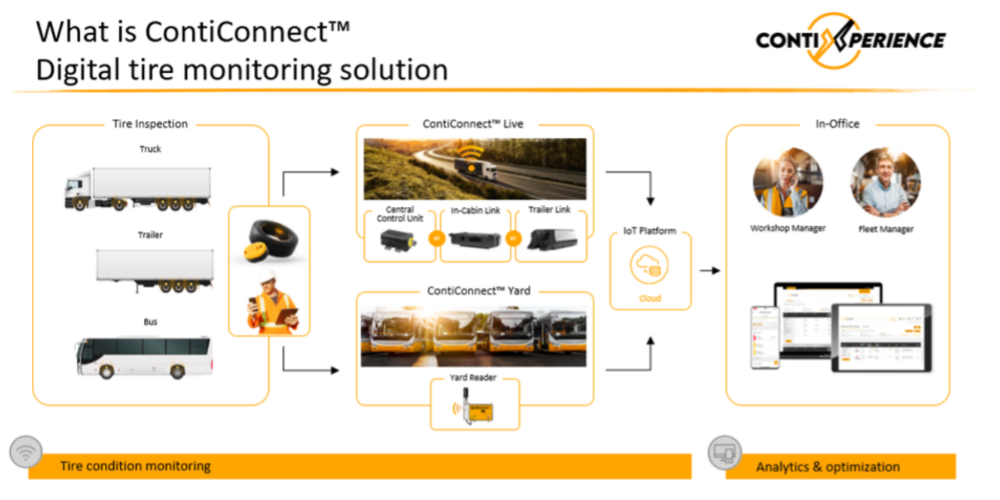
Released in February, ContiConnect Live and its second-generation sensor allows users to take an in-depth look at the state of their tire health. The digital tire monitoring platform provides real-time tire data to fleet managers, allowing them to make informed decisions about tire maintenance and improve overall operational efficiency, the company explained. The Gen2 Sensors are advanced tire pressure and temperature sensors that enable monitoring of tire conditions.
Additionally, the company announced the upcoming launch of its HSR 5 19.5, which includes new tread compounding and improved durability, and HDR 5 19.5 regional tire, specifically designed for light-duty trucks. Both will be available in size 225/70R19.5.
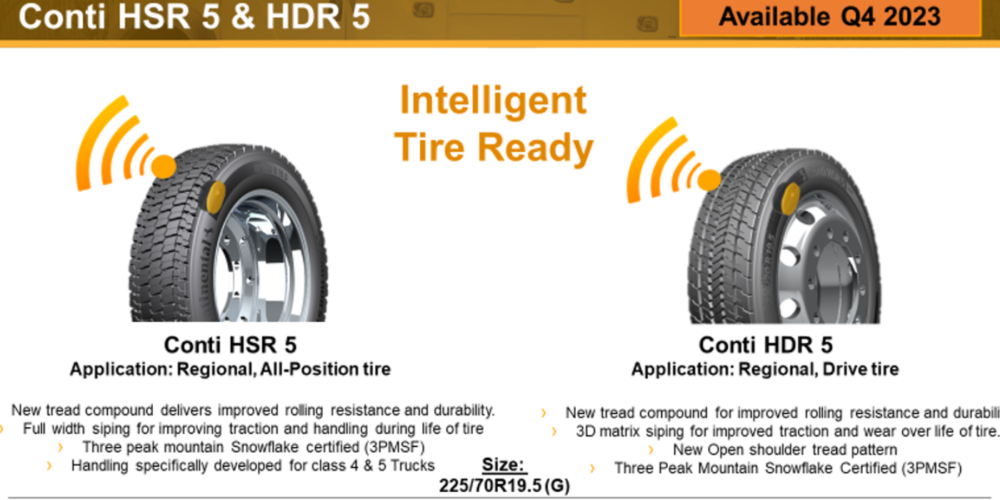
Curb your tire replacement cost enthusiasm
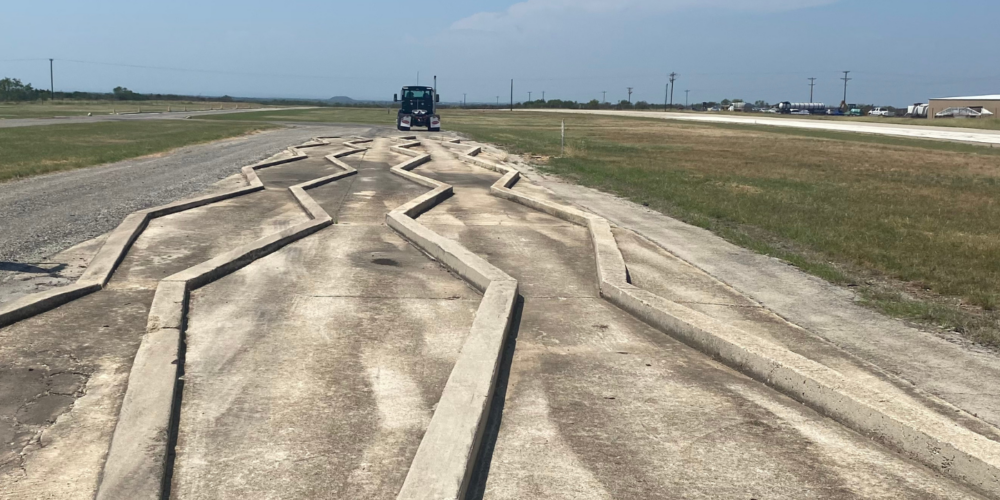
Sitting on nearly 5,000 acres of secluded desert land, the proving grounds includes more than 30 diverse surfaces for testing, including a 15-acre wet-track, two dry-handling courses, intense off-road track, cobblestone hill climb, cut and chip course and a paved three-mile oval, just to name a few.
A curbing demonstration took place right in front of the Uvalde Headquarters. The demonstration featured a Peterbilt Model 567 day cab equipped with Continental HSC 3 11R22.5 tires for the steer position and HDC 3 11R22.5 tires for the drive position. This test was conducted to exhibit the specific tread and sidewall design intended for on/off-road, mixed-service applications where casing durability, flexibility is as important as a working engine in harsher environments.
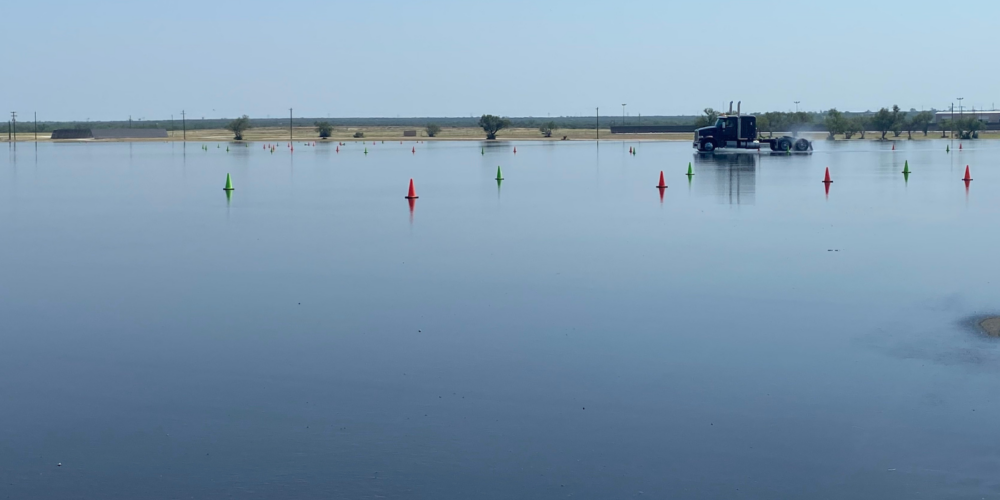
The company’s Gen 5 regional retread truck tires, announced in Februaury of this year, were put to the test on the Proving Grounds’ wet track. The Wet Handling Track at UPG spans 15 acres and stands as the largest wet handling track in North America. During the test, Continental retread tires were compared to new competitor tires. The experiment employed the Peterbilt Model 567 sleeper truck, utilizing the Conti Ecoplus HS3+ 295/75R22.5 tires for the steer position in both test sets, and ContiTread HDL 3 LTL-R retread tires for the drive position.
There is a common perception that retreaded tires fall short of their new counterparts on the road. But Bridney Jordan, product manager for commercial vehicle tires at Continental, said that this couldn’t be further from the truth due to the careful consideration of the casing’s integrity, the retread design pattern and deeper sipes to support traction and control and the vigorous product testing conducted on site. Continental retreads achieved an average stopping distance of 57.175 meters, as determined by the ABS system’s findings.
After having the chance to get behind the wheel and try it for myself, the results stopped me in my tracks (pun intended), presenting considerable braking power and responsive tire performance, even in wet conditions.

